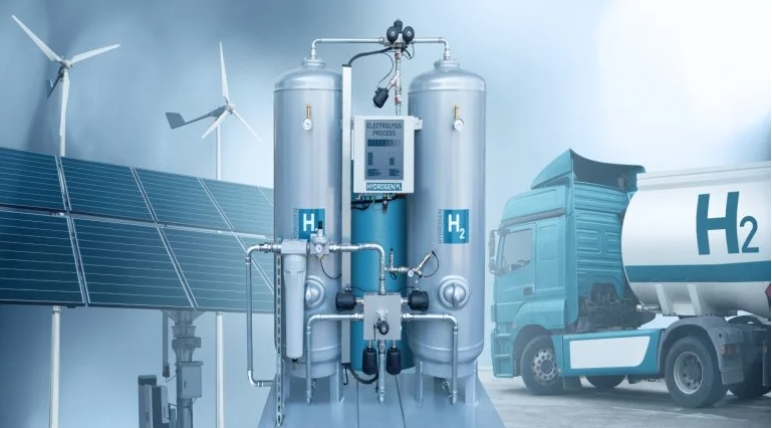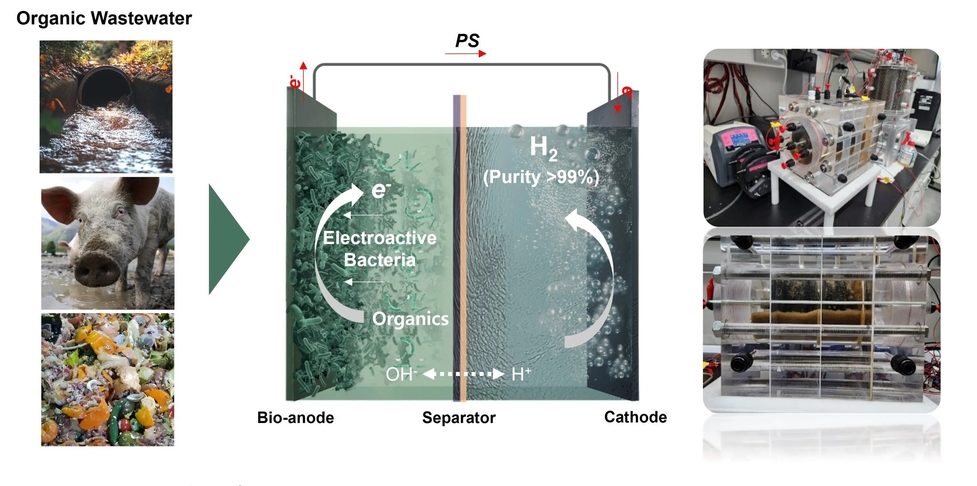
A team of researchers from Konkuk University addressed this issue in their study (DOI: 10.1016/j.esci.2023.100204), published in eScience on June, 2024. Using first-principles density functional theory (DFT), the team explored various defect configurations in NiPS3, including S mono-vacancies, Ni mono-vacancies, and combined NiS di-vacancies. They found that the co-formation of Ni and S vacancies not only reduced activation energy but also enhanced the efficiency of water dissociation and proton adsorption, positioning NiPS3 as a competitive alternative to platinum for hydrogen evolution reactions (HER).
The study delves deep into the mechanisms behind this breakthrough. Researchers discovered that S mono-vacancies facilitated water adsorption through S-substitution-like binding, while Ni vacancies strengthened interactions with dissociated protons. Combined NiS di-vacancies yielded the most remarkable improvements, achieving exothermic reaction pathways and free energy changes comparable to platinum. Electronic structure analysis revealed that these vacancies significantly altered the local density of states (LDOS), optimizing both thermodynamics and reaction kinetics. This synergy makes defect-engineered NiPS3 a promising, cost-effective catalyst for HER, showcasing how atomic-level design can revolutionize material performance in energy applications.
"Defect engineering on NiPS3 opens new frontiers in hydrogen evolution catalysis," said Prof. Ki Chul Kim, lead researcher. "Our findings demonstrate how carefully designed atomic vacancies can dramatically enhance catalytic efficiency, paving the way for scalable and affordable hydrogen production."
Beyond HER, this breakthrough has implications for other catalytic processes, such as oxygen reduction and CO₂ reduction. With further refinement, NiPS3 could drive transformative advancements in clean energy technologies, reducing costs and accelerating the global shift to a hydrogen economy. This research sets a new benchmark in leveraging atomic defects to develop high-performance, sustainable catalysts for the energy challenges of tomorrow.







